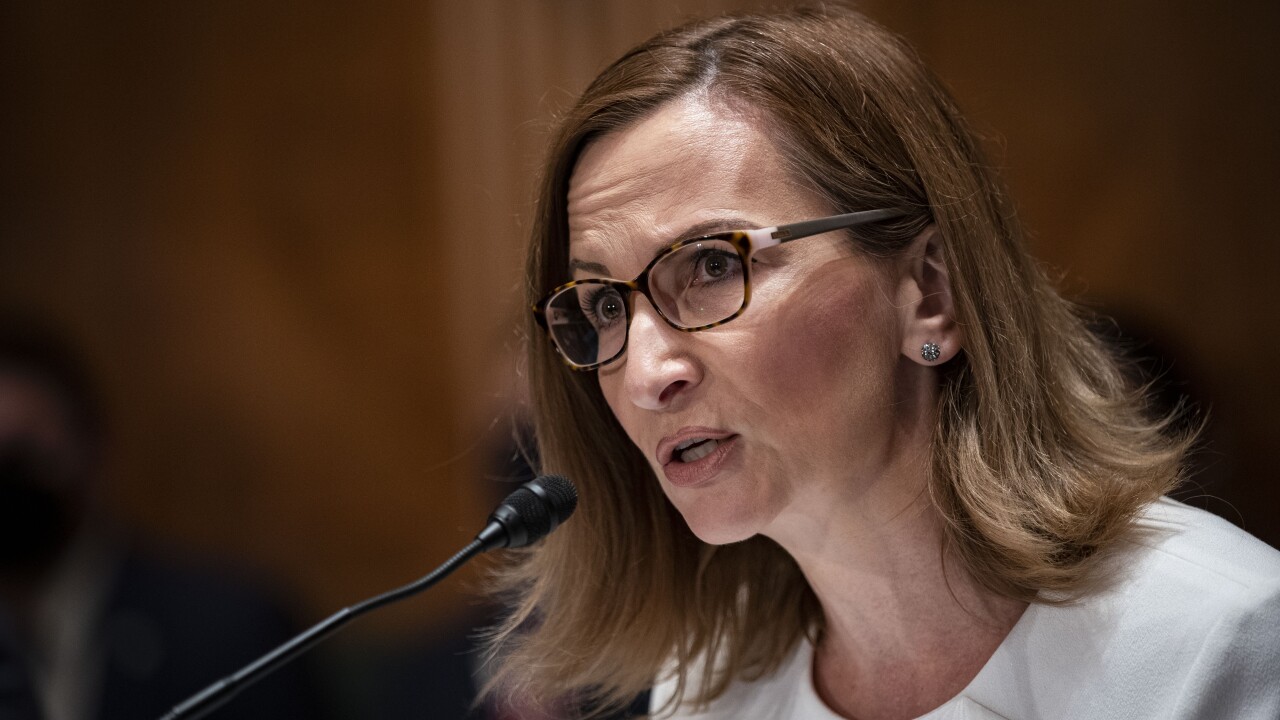Over the last two years, many banks' earnings have been plagued by a combination of elevated deposit costs and muted loan demand.
Those headaches are poised to subside — but perhaps not right away — following the Federal Reserve's decision last month to
Heading into the sector's third-quarter earnings season, which began Friday, all eyes will be on deposit costs, loan growth and, relatedly, net interest income, which is the difference between what banks collect on loans and what they pay for deposits.
JPMorgan Chase, Wells Fargo and Bank of New York Mellon were the first to deliver their results, followed this week by Citigroup, Bank of America, Goldman Sachs and other large and regional banks.
While analysts expect net interest income to improve eventually as a result of the Fed's pivot to rate cuts, they also anticipate that banks will report near-term pressure in that area. As rates start to come down, there will likely be a gap between the timing of when loans and deposits reprice, they argue.
"We think companies are very enthusiastic about the ability to reduce deposit costs and that they will do so very aggressively," Scott Siefers, an analyst at Piper Sandler, said in an interview.
But "the fear" is that banks "might have to take a step back" before they are able to "take a step forward," Siefers said.
"Overall, [net interest income] maybe takes a little hit before it starts to get better," he said.
Three other topics will also be on investors' minds this earnings season, according to analysts. Credit quality metrics, the capital markets business and the information that banks share about their fourth-quarter outlooks will be heavily monitored, they said.
Here's a closer look at five areas to watch as the latest earnings season kicks into gear.











